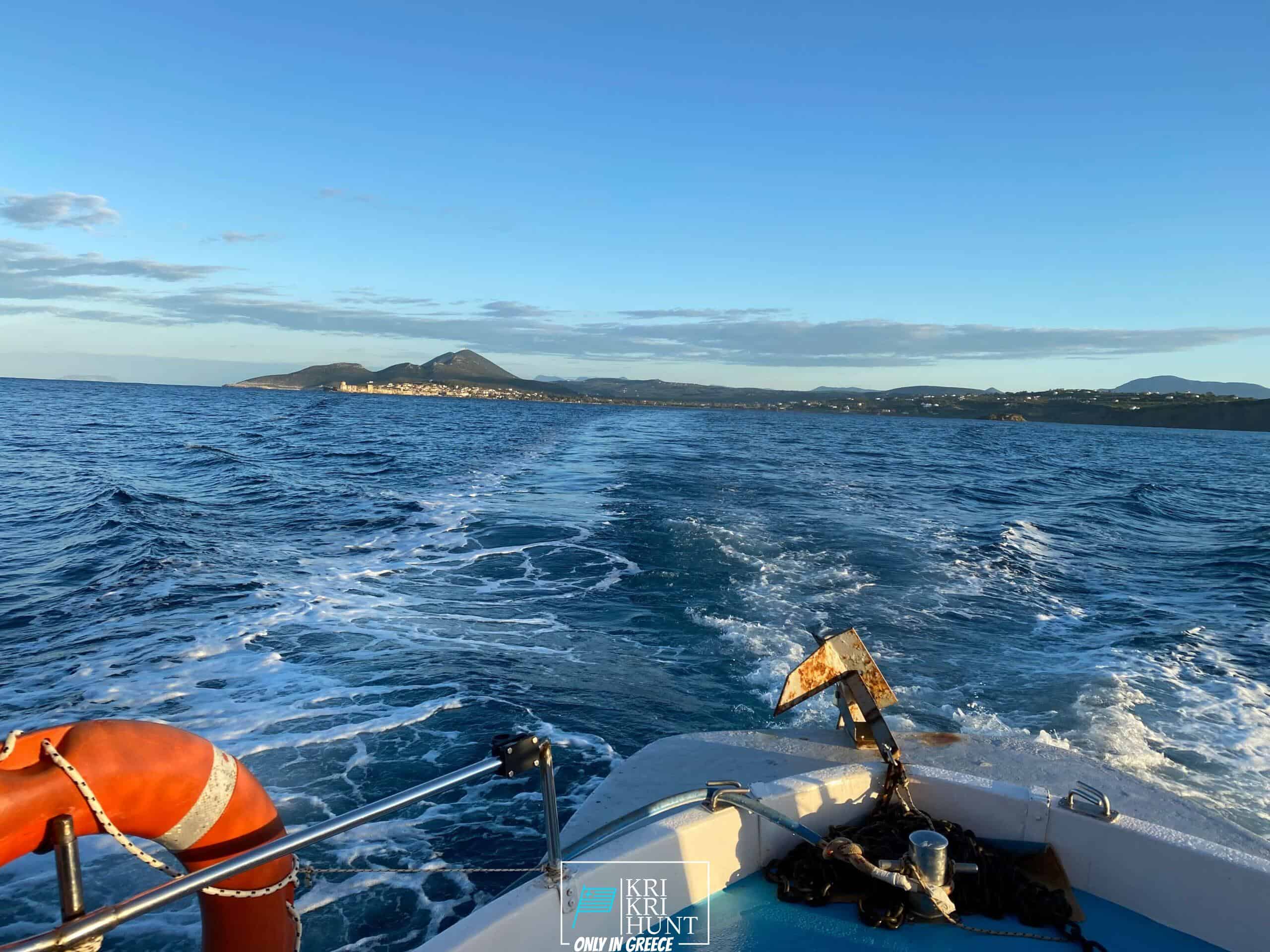Kri kri ibex hunting in Sapientza island, Greece
Kri kri ibex hunting in Sapientza island, Greece
Blog Article

To many individuals, The Peloponnese peninsula on the Greek Mainland is the 'real' Greece, where points have actually not changed much whatsoever over the centuries although that many people have uncovered it. This is an area where you could quickly invest a month or even more however if you are short in a timely manner after that our hunting and also exploring Peloponnese Tours from Methoni is a wonderful solution. The Peloponnese peninsula has something for every person with its various tasks as well as attractions.

The hunt for kri-kri ibex on the island of Sapientza can be a tough as well as tough one. The ibex reside in sturdy, steep surface with sharp, jagged rocks that can quickly leave you without shoes after just two trips there. Shooting a shotgun without optics can additionally be a challenge. The hunt is certainly worth it for the possibility to bag this magnificent pet.
On our Peloponnese excursions, you'll get to experience all that this incredible region needs to supply. We'll take you on a trip of some of the most attractive and also historical sites in all of Greece, consisting of old damages, castles, as well as extra. You'll also reach experience some of the conventional Greek culture direct by appreciating a few of the scrumptious food as well as white wine that the region is recognized for. And also naturally, no trip to Peloponnese would certainly be complete without a dip in the gleaming Mediterranean Sea! Whether you're a skilled seeker trying to find a newbie vacationer or a new journey just looking to explore Greece's spectacular landscape, our Peloponnese tours are ideal for you. So what are you awaiting? Book your journey today!
So if you are looking for a genuine Greek experience far from the pressure of tourist after that look no more than Methoni in The Peloponnesos! Our exterior hunting for Kri Kri ibex, fishing, totally free diving as well as visiting Peloponnese tours from Methoni are the ideal means to discover this attractive area at your own pace with like minded individuals. Call us today to schedule your put on one of our scenic tours.
What is the diference between Kri Kri ibex, Bezoar ibex and hybrid ibex
The kri-kri is not thought to be indigenous to Crete, most likely having been imported to the island during the time of the Minoan civilization. Nevertheless, it is found nowhere else and is therefore endemic to Crete. It was common throughout the Aegean but the peaks of the 8,000 ft (2,400 m) White Mountains of Western Crete are their last strongholds–particularly a series of almost vertical 3,000 ft (900 m) cliffs called ‘the Untrodden’—at the head of the Samaria Gorge. This mountain range, which hosts another 14 endemic animal species, is protected as a UNESCO Biosphere Reserve. In total, their range extends to the White Mountains, the Samaria National Forest and the islets of Dia, Thodorou, and Agii Pandes.
This Ibex is NOT a diminutive form of the Bezoar Ibex, which has migrated into the western-most reach of the range of this species. The kri – kri (Capra aegagrus cretica), sometimes called the Cretan goat, Agrimi, or Cretan Ibex, is a feral goat inhabiting the Eastern Mediterranean, previously considered a subspecies of wild goat. The kri-kri has a light brownish coat with a darker band around its neck. It has two horns that sweep back from the head. In the wild they are shy and avoid tourists, resting during the day. The animal can leap some distance or climb seemingly sheer cliffs.
“The agrimi goat Capra aegagrus cretica is unique to Crete and its offshore islands. It has been identi®ed as a sub-species of the wild bezoar goat Capra aegagrus aegagrus Erxleben, 1777, which it closely resembles in horn shape, body form and coloration. This classi®cation has been disputed by some researchers who claim that the agrimi are feral goats, derived from early domestic stock brought to the island by the ®rst Neolithic settlers. In order to clarify this issue, DNA analyses (cytochrome b and D loop sequences) were carried out on tissue of live and skeletonized agrimi and compared to sequences of wild and domestic caprines. Results conclusively show the agrimi to be a feral animal, that clades with domestic goats (Capra hircus) rather than with wild Asiatic bezoar. This study demonstrates that morphometric criteria do not necessarily re¯ect genetic af®nities, and that the taxonomic classi®cation of agrimi should be revised.”
Report this page